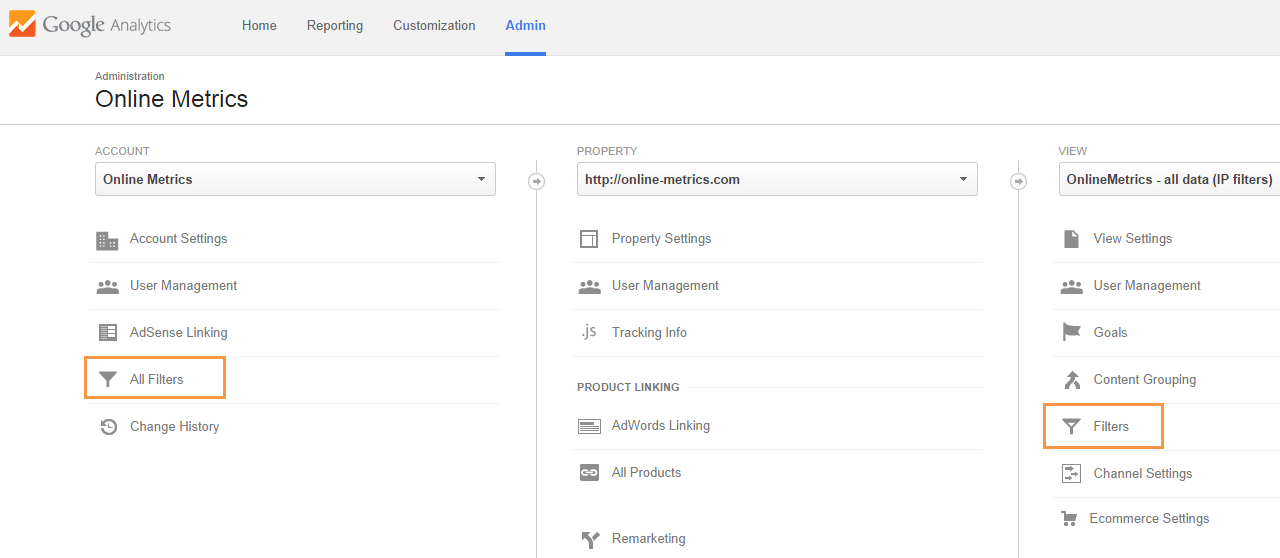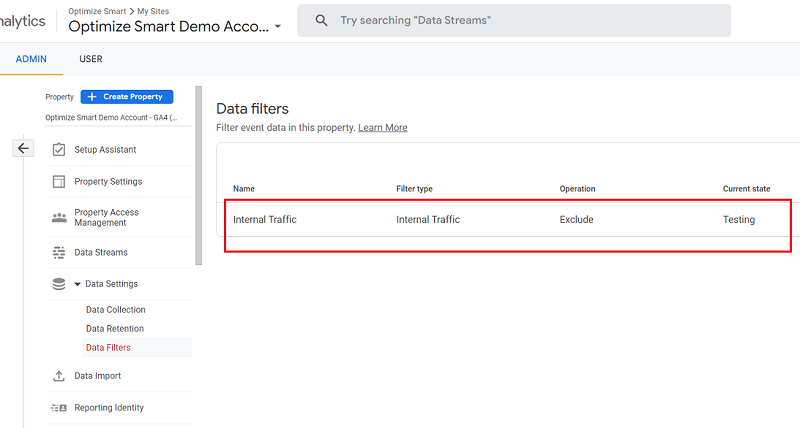In Which Order Does Google Analytics Filter Data - Truths
Table of ContentsIn Which Order Does Google Analytics Filter Data Things To Know Before You Get ThisIn Which Order Does Google Analytics Filter Data Fundamentals ExplainedGetting My In Which Order Does Google Analytics Filter Data To WorkMore About In Which Order Does Google Analytics Filter DataThe smart Trick of In Which Order Does Google Analytics Filter Data That Nobody is DiscussingIn Which Order Does Google Analytics Filter Data Fundamentals Explained
io" is the website and if I go to the homepage as well as click a few other web pages like signup web page, it reveals me in the real-time report popping-up as just how we established up in the filters. This page is the of web site and also you can see the sub-domain highlighted as.
Comparable to the previous process, we should produce a brand-new filter as pointed out in the last actions - In Which Order Does Google Analytics Filter Data. in this brand-new filter, I'm calling it as and also I'm picking After that I'm keying the filter pattern as In this filter pattern, the pipeline icon () is included to attach any other hostname that you intend to include together with the various other hostnames
Getting My In Which Order Does Google Analytics Filter Data To Work
This is how you can go examine your internet site and also return view in real-time reports. The real-time record currently reveals the modifications that you made when creating that filter. In this situation, the Broken web page explains regarding link of the web page i. e when the Page link being duplicated the very same, excluding slash or any kind of minute aspects.
Now develop a brand-new filter and also I call it as. Select and choose the filter fields.

Some Known Details About In Which Order Does Google Analytics Filter Data
The complying with guidelines will walk you through the process: Create a new Google Spreadsheet (or open an existing one). From the add-on description page, click the "+" in the top right corner to add this add-on to your spreadsheet.
Click "Accept". The add-on is now set up. A "Google Analytics" submenu must currently appear in the Attachments food selection. Records can be developed by hand or with the aid of the add-on's record production device. To make use of the device, choose "Add-ons" > "Google Analytics" > "Develop a New Report" from the menu bar.
This is willful. In Which Order Does Google Analytics Filter Data. The device is indicated to assist get you started and supply you with the information you could not recognize off the top of your head. The remainder of the fields will certainly need to be gotten in by you. If you have any concerns concerning what to place in each area, see the reference at the base of read this this web page.
Getting The In Which Order Does Google Analytics Filter Data To Work
It can be a sheet in the spreadsheet you're presently in, or a different spreadsheet completely (as long as you have modify accessibility to that spread sheet). To print the results to a various spreadsheet copy the spread sheet URL as well as paste it right into the cell to the right of the "spreadsheet-url" parameter.
This opens a record organizing dialog where you can turn scheduling on and also off, and also establish how often your record will run. To turn organizing on, examine the box basics identified "Enable records to run instantly." Once scheduling is allowed you can make use of the select dropdown to manage the moment and also regularity.
When scheduling reports, make certain there is lots of time between when you develop the timetable and also when the timetable is meant to run. If it's too close to the first incident of the scheduled time, there's a possibility those records will certainly be held off till the following event. It's usually best to leave at least a one-hour buffer.
Some Known Incorrect Statements About In Which Order Does Google Analytics Filter Data
Covert criteria are sophisticated alternatives that are not required for a lot of reports and are concealed by default. You can make use of these parameters by un-hiding the rows 14-16 in the Report Arrangement sheet. Call Description This is the record name. It will likewise be the name of the sheet where the report information is see it here composed.
The following expression returns the last day of the previous month: =EOMONTH(TODAY(), -1) The end day for fetching Analytics data. Demands can specify an end date formatted as YYYY-MM-DD, or as a family member date (e. g., today, the other day, or Ndays, Ago where N is a positive integer). You can likewise use Sheets day functions to specify this worth programmatically.
Metrics can be specified in one of two layouts: For instance, every one of the following stand values for the Metrics specification. ga: sessions, ga: bounces ga: sessions ga: jumps ["expression": "ga: sessions/ga: individuals", "pen name": "Sessions per Individual", "format, Type": "DRIFT", "expression": "ga: overall, Events/ga: pageviews", "pen name": "Events per Pageview", "formatting, Type": "FLOAT"] For a lot of use instances, a list of statistics IDs is the most convenient method to define the Metrics parameter.
The In Which Order Does Google Analytics Filter Data Ideas
The complete listing of measurements and metrics and their valid mixes is readily available making use of the Dimensions and also Metrics Explorer. Name Description A checklist of measurements to query. Dimensions can be specified in one of two formats: For instance, every one of the complying with are legitimate worths for the Metrics criterion. ga: resource, ga: tool, Category ga: resource ga: device, Group ["name": "ga: source", "name": "ga: device, Classification"] For most make use of instances, a list of dimension IDs is the easiest way to define the Dimensions criterion.